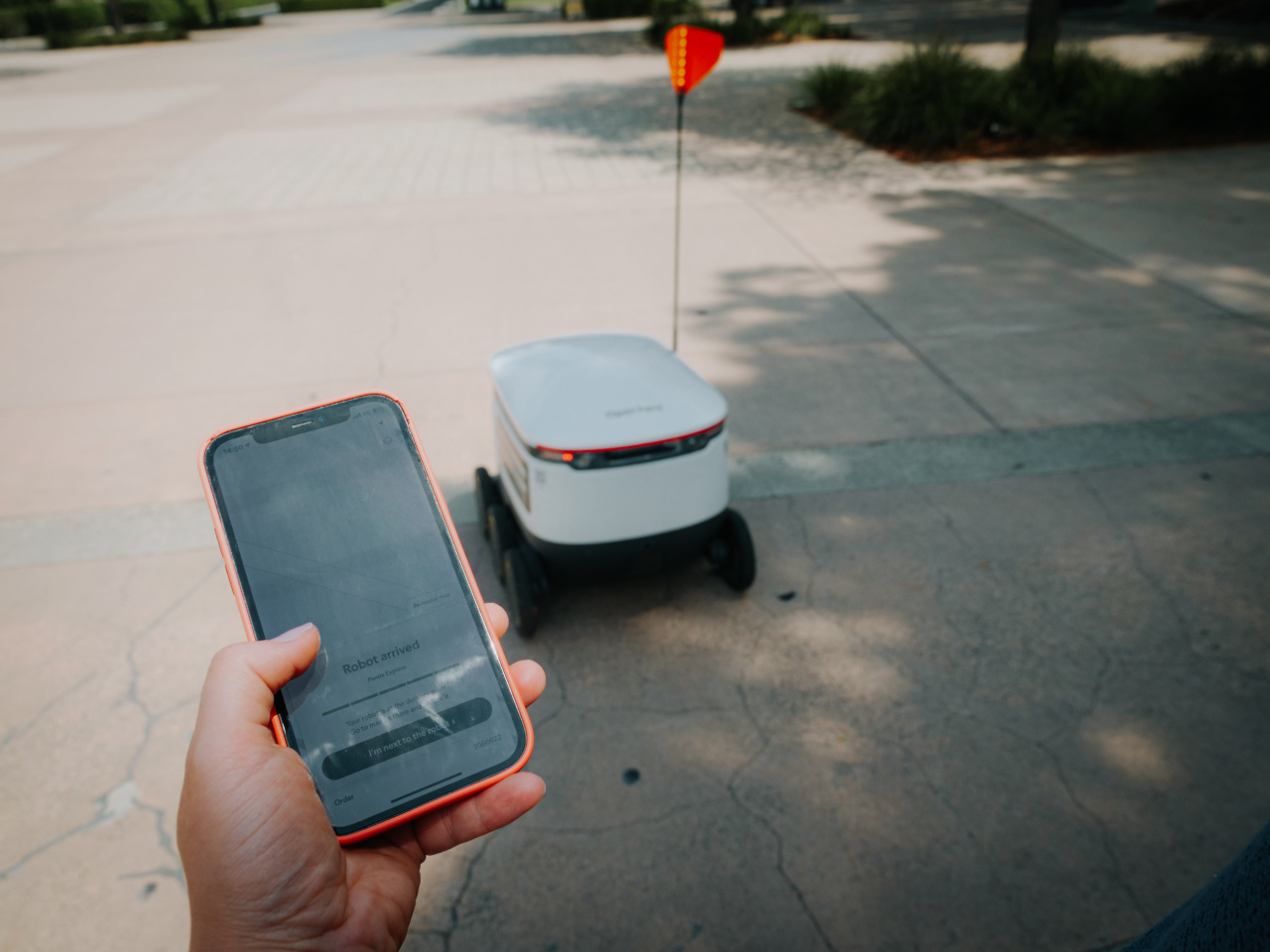Innovative technologies are making lives of individuals with disabilities much better by providing access to different functions that were once impossible.
Assistive robotics are one of such technologies that are revolutionizing the way individuals with limited mobility perform day-to-day activities. A groundbreaking robotic boot now assists users with limited mobility by offering improved mobility, independence, and confidence.
What is a Robotic Boot?
A robotic boot is a special type of footwear that integrates mechanical components such as motors, sensors, and actuators to provide superior mobility to users with limited mobility.
The robotic boot works by using mechanical assistance to the ankle, offering improved balance and stability to the user. By providing this mechanical support, the boot allows individuals to walk on different terrains with confidence and less risk of instability or falls.
How Does the Robotic Boot Work?
Robotic boots leverage state-of-the-art technologies that are embedded in various components of the boot itself.
The boots are designed to mimic normal walking mechanics and work by adjusting to the individual’s speed, weight, and walking patterns. When the individual with limited mobility takes a step, the boot propels the foot forward using a small motor that pushes pressure on the ankle. This mechanical assistance forces the user’s foot forward, creating a natural walking rhythm.
Features of the Robotic Boot
The robotic boot comes packed with some impressive features that make it a standout innovation. Some of these features include:.
- A rechargeable battery that lasts up to 8 hours, depending on usage, making it ideal for outdoor activities.
- Real-time sensors that work to prevent falls by detecting changes in terrain.
- A lightweight design that ensures easy movement for the user.
- Adjustable straps to ensure a comfortable fit for all individuals regardless of ankle size.
- A non-slip sole that provides extra grip on slippery surfaces such as wet pavements or muddy terrains.
- Easily accessible control buttons that allow users to adjust walking speed and operate other boot functionalities.
Benefits of the Robotic Boot
The robotic boot offers numerous benefits, including its ability to improve mobility, independence, and confidence for individuals with limited mobility. Some of the notable benefits of the boot include:.
- Reduced risk of falls and other walking accidents, which is especially beneficial for seniors or individuals with neurological conditions such as Parkinson’s.
- Increased mobility to perform daily activities such as grocery shopping, gardening, or simply taking a walk in nature.
- Improved independence and self-esteem for users who previously had to depend on caregivers or wheelchairs to move around.
- A cost-effective solution compared to other assistive mobility devices such as powered wheelchairs, as the boots last for years with no maintenance or repairs required.
How to Get a Robotic Boot
Robotic boots are not yet widely available, but they can be obtained through various assistive technology companies or through online retailers.
It is important to consult with a medical professional or a physical therapist to understand whether a robotic boot is suitable for your mobility needs before making any purchase. Furthermore, due to their high-tech nature, robotic boots can be quite expensive, with prices ranging from $2,500 to $5,000. It is therefore important to consider insurance coverage or financial assistance programs that may help offset the cost.
Conclusion
The development of the robotic boot is a significant breakthrough in assistive technology, providing a life-changing innovation for individuals with limited mobility.
The boot’s ability to boost confidence, improve balance, and provide a more natural walking rhythm makes it an invaluable innovation worth exploring. While the cost may be prohibitive, it’s a worthy investment that provides a long-lasting solution for those with mobility issues.
The robotic boot is a testament to the tremendous potential of assistive robotics and highlights the way technology can significantly enhance the lives of those with disabilities.































